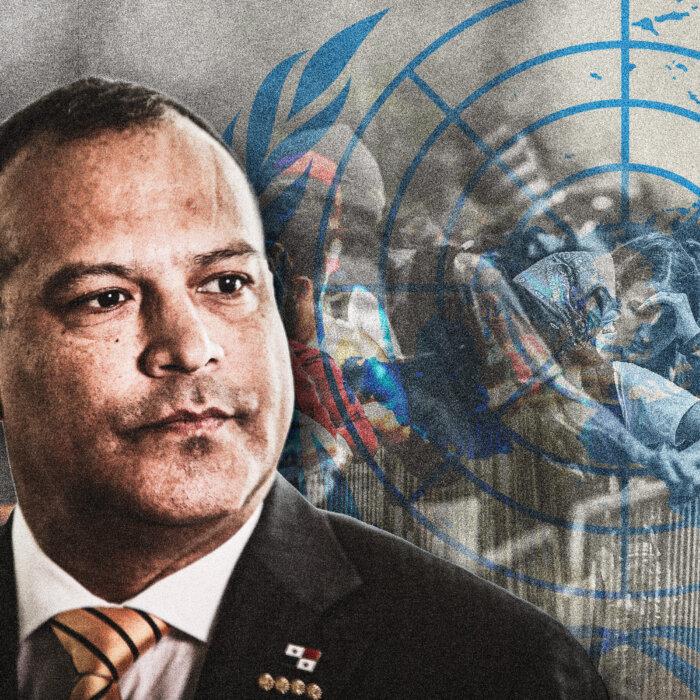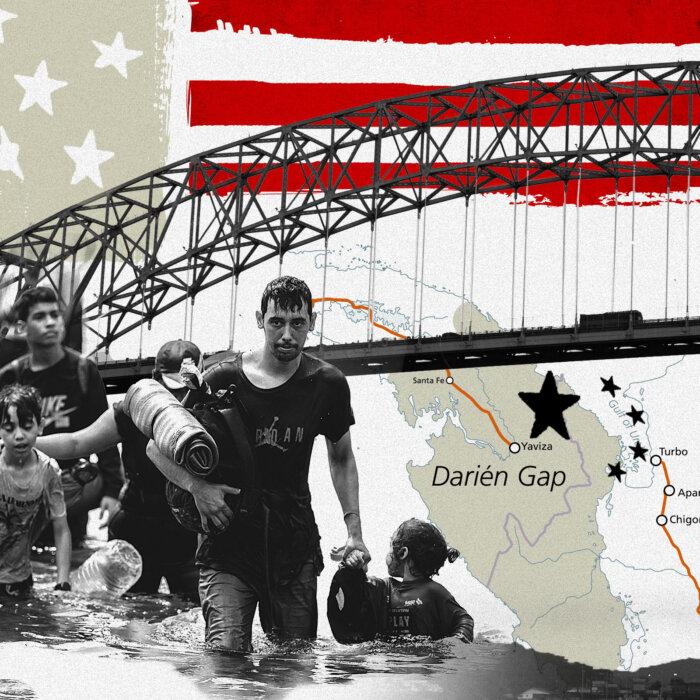Mass illegal immigration exposes the United States’ food supply to diseases and parasites that could ultimately affect national security, animal health experts told The Epoch Times.
With unfettered illegal immigration—some 9 million encounters since 2021—the normal guardrails for inspection are ignored, raising the likelihood of unwanted diseases being brought across the border.
Dr. Michael Vickers has been a veterinarian for about 50 years and served on the Texas Animal Health Commission (TAHC).
The threat to the food supply is already apparent from the past cases of tuberculosis (TB) transmitted from illegal immigrants to dairy cows in Texas, he said.
Concerns are growing that it’s only a matter of time before U.S. agriculture experiences a fresh disaster on a grand scale, Dr. Vickers said.
“These people are just destroying our country. And our food supply is going to be a real critical issue,” he told The Epoch Times.
In recent years, thousands of Texas cattle have been slaughtered after being infected with drug-resistant TB through contact with illegal aliens who end up working in dairies, Dr. Vickers said.
He recalled two separate instances in which dairy herds were infected with human strains of TB in the Texas panhandle. Certain strains of TB are zoonotic, meaning they can be spread between humans and animals.
One Texas herd of about 10,000 was affected in Castro County in 2015, and another 13,000 cattle were affected in Sherman County in 2019, according to TAHC records.
Investigators found that the human strains had originated outside of the United States.
“Most of the dairy herds in the United States are actually milked by people from Central America and beyond,” Dr. Vickers said.
The U.S. Department of Agriculture (USDA) bought the Castro County herd and slaughtered it, he said. The Sherman County herd, which consisted of higher-priced organic cows, continued to be tested for TB, with infected animals removed from the herd.
Dr. Vickers said he learned that 12 illegal immigrants who were working with those dairy herds were infected with TB.
Rules meant to keep people who are carrying disease out of the United States have been sidelined under the Biden administration, according to Ammon Blair, a border security advocate at the Texas Public Policy Foundation and former Border Patrol agent.
“We’re really just mass releasing these people into the United States that could be carrying multiple diseases that aren’t even checked,” Mr. Blair told The Epoch Times.
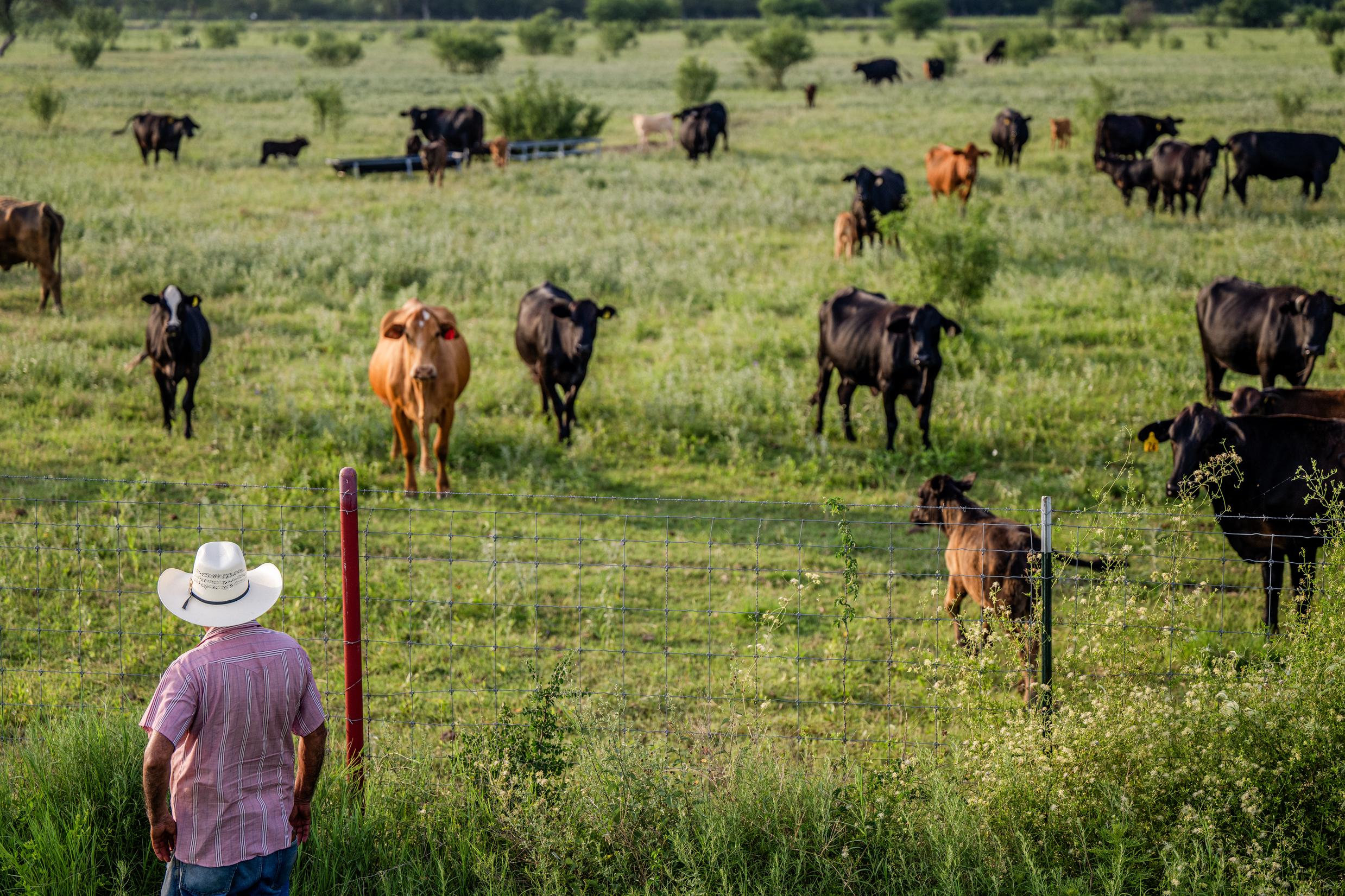
For the first time in a quarter of a century, a New World screwworm resurgence is underway in Central America—a region that many migrants pass through on their way to the U.S. border.
Dr. Vickers fears that the screwworm could make its way into the United States again.
Susan Kibbe, executive director of the South Texans’ Property Rights Association, said she’s old enough to remember the screwworm outbreak that occurred in Texas when she was a teenager. She recalls having to scrape screwworm maggots out of the bellybuttons of newborn calves.
“It was devastating,” she said.
Ms. Kibbe told The Epoch Times that she is concerned about diseases being brought into Texas from mass illegal immigration from South America through the Darién Gap in Panama and into Central America.
She said a fever tick outbreak has already driven some ranchers out of business and that any new disease or parasite outbreak could push more ranchers to the financial brink—and endanger food security.
Texas counties bordering Mexico are already under a fever tick quarantine to stop the ticks from spreading to the state’s livestock and deer.
Fever ticks can carry a parasite that causes babesiosis, a malaria-like disease that can decimate a herd.
Central American Disaster
Costa Rica declared a screwworm emergency in February after reporting its first case in July 2023, according to the USDA Foreign Agricultural Service.Costa Rica’s animal health authority, SENASA, reported the case in the Corredores region of southwestern Costa Rica near the Panamanian border crossing of Paso Canoas.
The USDA stated that despite a weekly aerial release of nearly 15 million sterile flies, Costa Rica hasn’t been able to halt the pest’s progress, placing Costa Rican dairy and beef cattle at increasing risk and endangering wild animals, domestic pets, and humans.
That prompted the emergency declaration, which will provide access to additional financial resources that SENASA needs to ramp up its campaign to re-eradicate New World screwworm from Costa Rica, according to the USDA. The agency also imposed additional requirements on live animals entering the United States from Costa Rica.


However, larvae could reach the United States by hitching a ride on people, in luggage, or on backpacks, Dr. Vickers said.
TAHC said there are only general precautions for diseases that can be spread between humans and animals currently in Texas; there is not one specifically for screwworms.
“While the current climate is consistent with an increase in vector borne diseases, there is only a general ‘watch’ regarding vigilance for vector borne diseases across the board,” the TAHC stated in an email to The Epoch Times.
Screwworm infestations begin when a female fly lays eggs on a wound or mucus membranes of a mammal, including humans.
The flies are attracted to the scent of a wound or orifices, such as the eyes and nose, according to the USDA.
Wounds as minor as a tick bite could attract a female to feed. A single female could produce some 3,000 eggs during its up to 30-day lifespan.
Eggs hatch into larvae, or maggots, that burrow into the flesh of animals and eat them alive.
Dr. Vickers remembers treating Texas livestock that were horribly maimed by a screwworm outbreak in the 1970s.
“We even had some people in some nursing homes here, and some elderly people die from screwworms with the larvae getting in their nostrils and migrating up into their brains,” he recalled.
Overall, it was an economic blow to the Texas livestock industry, Dr. Vickers said.
Luckily, the USDA came up with a way to eradicate the flies by releasing sterile flies to mate with those in the wild, although that didn’t prevent a 2016 outbreak in Florida or the current outbreak in Costa Rica.
The screwworm maggots were found on the endangered Key deer in the Florida Keys. More than 2.7 million sterile flies from Panama, where they are bred with the help of the United States, were released to swarm the archipelago to wipe out the screwworm infestation, and the outbreak was contained within a few months.
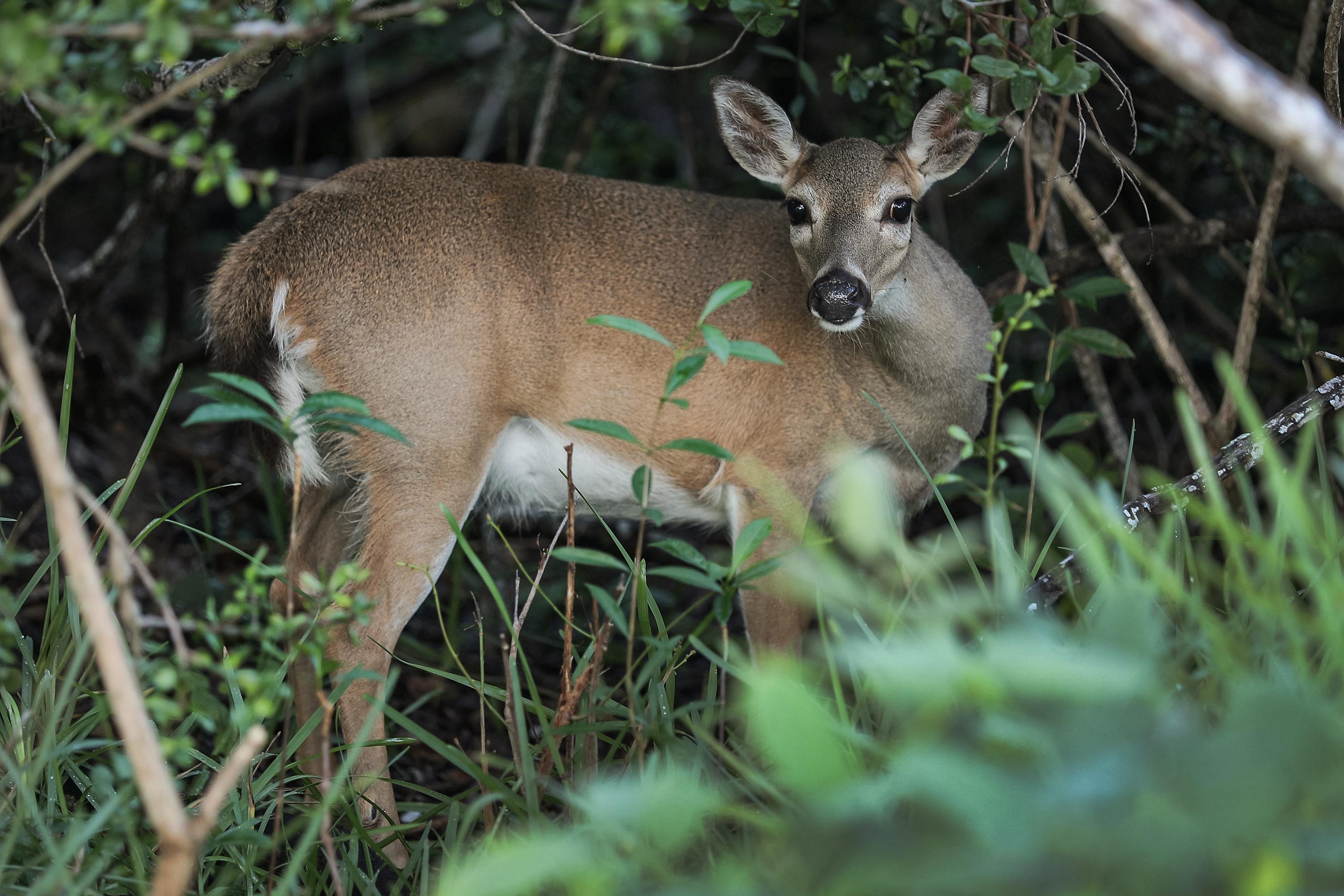
The USDA didn’t respond to an email seeking comment on the potential for another screwworm infestation heading up from Central America.
Sick at the Border
President Joe Biden rescinded former President Donald Trump’s “Remain in Mexico” policy, under which would-be asylum-seekers stayed in Mexico while awaiting adjudication on their immigration court case. Instead, most are released directly into the United States.That has allowed wholesale importation of illnesses that illegal immigrants may have.
Health screening at the border consists of asking illegal immigrants if they are sick or pregnant, Mr. Blair said.
A nurse will ask them to lift their shirts and walk by to see if there are any signs of skin disease, he said.
“That is the only check they’re given,” Mr. Blair said.
Besides TB, there have been cases of illegal immigrants bringing in chicken pox, mumps, measles, leprosy, COVID-19, and sexually transmitted diseases.

The form provides basic information to the federal government about what agricultural and wildlife products travelers are bringing into the country and whether they have visited a farm prior to entering the United States.
Mr. Blair said disease brought in by mass migration is a ticking time bomb for the U.S. food supply.
“Unfortunately, many do not view food security [or] sovereignty as national security,” he said. “This is going to be a massive problem.”
Large-scale agriculture operations are known for hiring illegal immigrants as a form of cheap labor, Mr. Blair said.
Dr. Vickers worries that a large-scale disease or parasite outbreak would further erode the nation’s food supply. He said that cattle numbers across the country are already at a 75-year low.
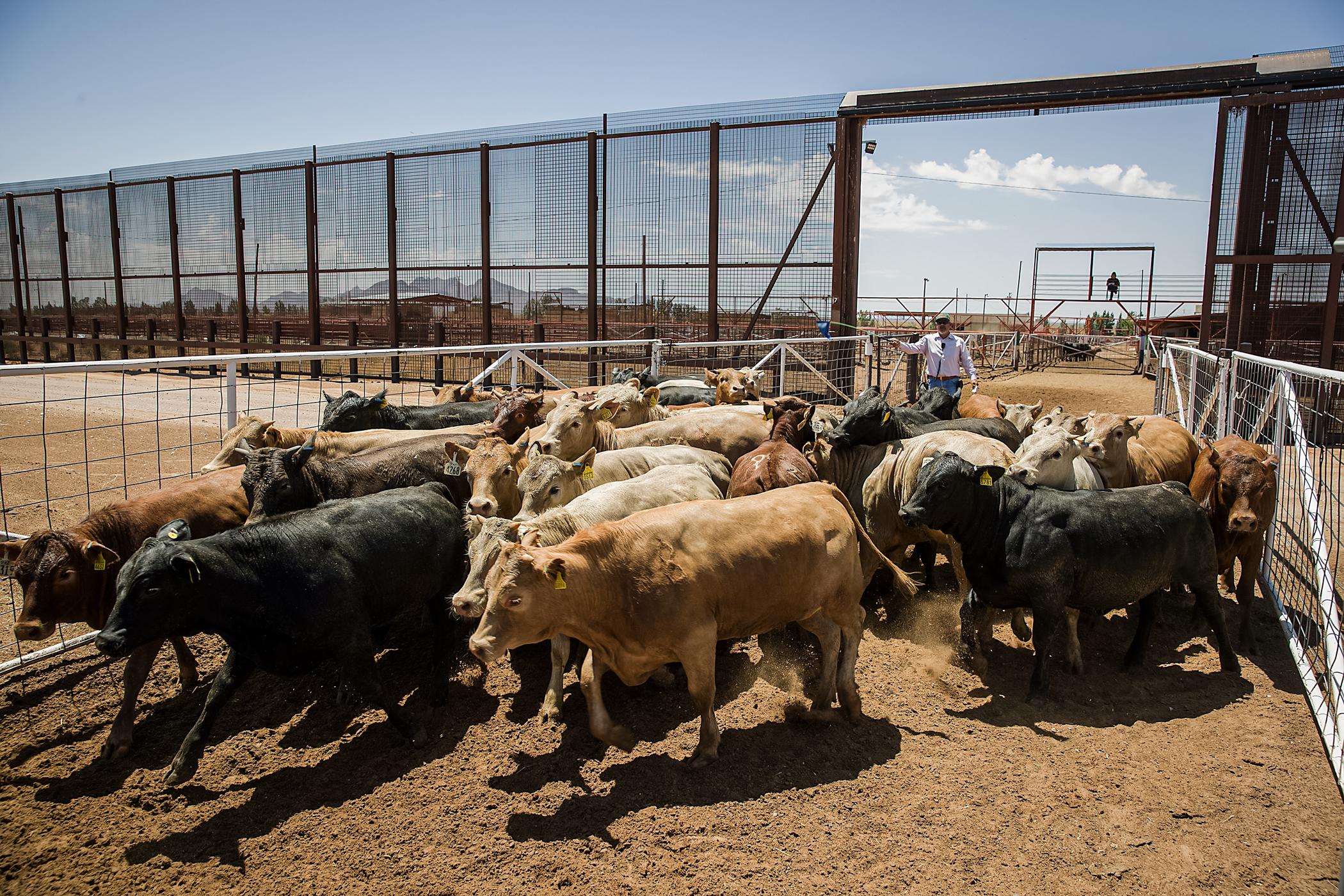
Many farmers are going bankrupt because of the high cost of production. To make ends meet, some are installing solar panels in fields once used to grow food, Dr. Vickers said.
That puts the rate of loss at 21,000 cattle producers per year, resulting in the smallest nationwide beef cow herd in decades—and less available food for Americans.
Dr. Vickers said he doesn’t believe that it’s a coincidence that there’s less food production under the Biden administration, which blames agriculture for global warming and supports lab-grown meat for the same reason.
“This administration doesn’t want us to eat cattle. They want us to eat bugs,” he said.
The administration’s position on farming was recently highlighted by President Biden’s climate envoy, John Kerry.
“We can’t get to net zero, we don’t get this job done, unless agriculture is front and center as part of the solution,” he said at the 2023 AIM for Climate Summit in Washington.

